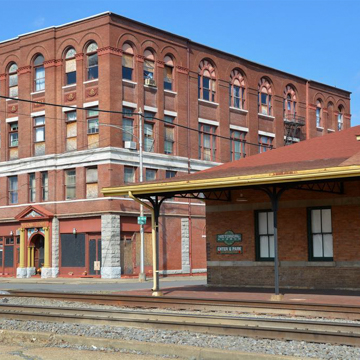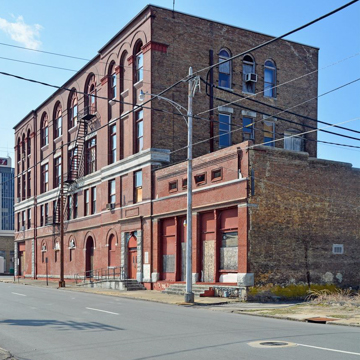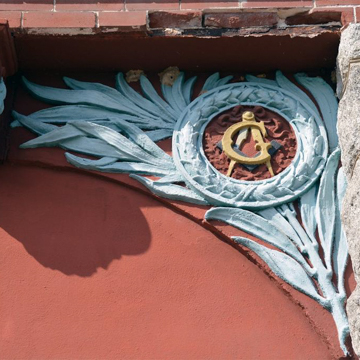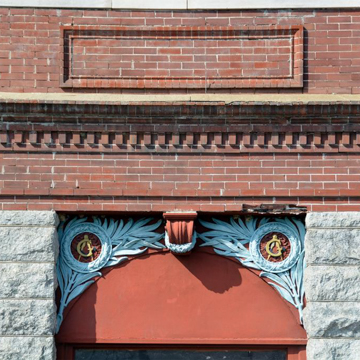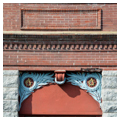Following the Civil War three African American (Prince Hall) masonic lodges were formed in Arkansas. The Masonic Order provided a social structure as well as financial services to the black community. In 1873 these came together to form The Most Worshipful Grand Lodge (Colored) of Free and Accepted Masons in Arkansas. Pine Bluff was chosen as the location for the building, but a lack of financing delayed construction until 1902, when the cornerstone donated by the Grand Chapter, Order of Eastern Star was set. Financing remained a problem, and construction proceeded slowly, completed only in 1909. At four stories, the building was the tallest in Pine Bluff at the time. The red brick building has a pedimented portico and the round-arched windows of the top floor reveal the influence of such late-nineteenth-century architects as Louis Sullivan. A fire in 1954 gutted the third and fourth stories, which were repaired the following year.
You are here
Prince Hall Grand Lodge
If SAH Archipedia has been useful to you, please consider supporting it.
SAH Archipedia tells the story of the United States through its buildings, landscapes, and cities. This freely available resource empowers the public with authoritative knowledge that deepens their understanding and appreciation of the built environment. But the Society of Architectural Historians, which created SAH Archipedia with University of Virginia Press, needs your support to maintain the high-caliber research, writing, photography, cartography, editing, design, and programming that make SAH Archipedia a trusted online resource available to all who value the history of place, heritage tourism, and learning.















